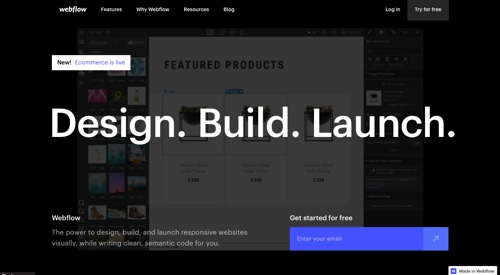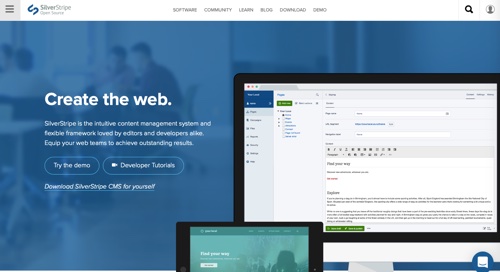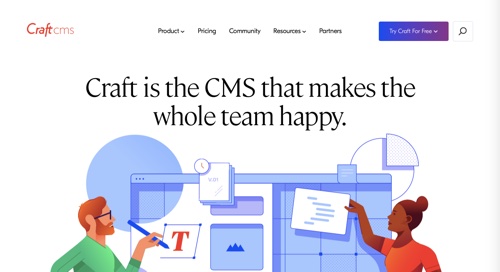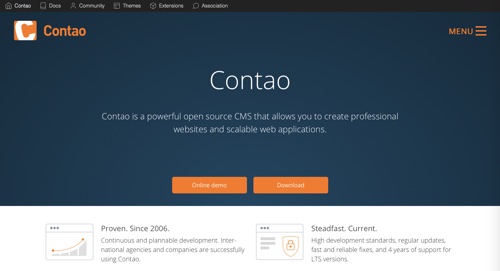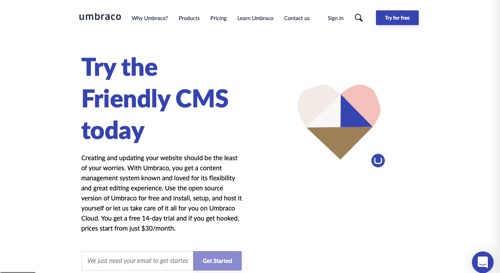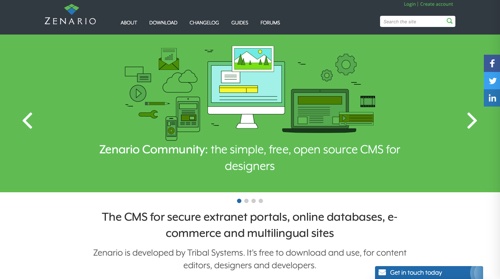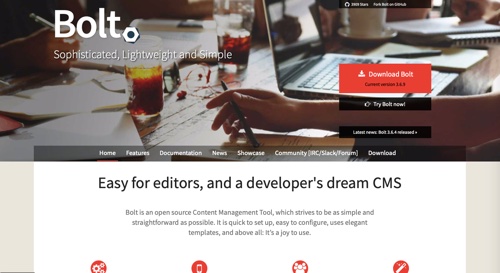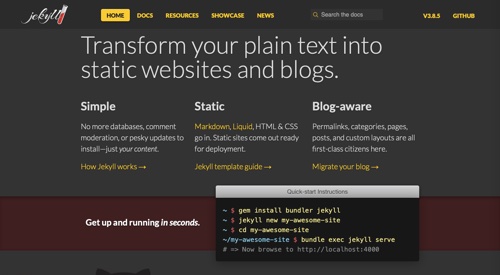Here is a list of open-source content management systems. Many have large developer communities that provide platform updates and thousands of themes and extensions. All of the systems are free, though they also offer paid plans for hosting services.
WordPress
WordPress launched in 2003 as a blogging platform. Today, WordPress is a sophisticated content management system, built on PHP and MySQL and running much of the websites worldwide, from hobby blogs to the biggest news portals. Over 54,000 plugins and themes help customize WordPress installations — including robust ecommerce functionality, galleries, mailing lists, forums, and analytics. Price: Free.
—
Joomla
Joomla is a user-friendly CMS to build basic websites and advanced web applications. Joomla is mobile and search-engine friendly, multilingual, flexible, and extensible. The platform has thousands of third-party extensions and templates for further customization. Joomla runs approximately 10 percent of the world’s business websites. Price: Free.
—
Drupal
Drupal is a free, open-source CMS written in PHP that provides an “out of the box” offering as well as a customizable platform. Drupal provides a flexible content architecture, easy content authoring, a wide ecosystem of integrations, an active community to ensure security, and more. Highly scalable, Drupal publishes to a single site or shares content in multiple languages across many devices. Drupal handles some of the largest sites in the world, such as Weather.com. Price: Free.
—
Magento Open Source
Magento Open Source, formerly Magento Community Edition, is an ecommerce CMS. Its admin includes marketing, search engine optimization, and product management tools. Magento’s marketplace features many themes and extensions in categories such as customer support, payments and security, shipping and fulfillment, site optimization, and more. Magento has a large community of implementation partners and developers. Price: Free.
—
Webflow
Webflow provides a visual canvas to build custom blogs, ecommerce stores, and other sites. Translate your design into clean, semantic code that’s ready to publish or hand off to developers. Design a checkout experience that matches the rest of your store. Highlight specific product features, images, and other information with customizable product fields. Customize cart layout, positioning, and animation to grab shopper’s attention. Price: Up to two projects for free. Paid plans start at $16 per month for up to 10 projects.
—
SilverStripe
SilverStripe is an easy-to-use framework with a front-end templating engine and an extensive list of modules to extend functionality. SilverStripe lets you extend out-of-the-box capabilities with well-organized code. Create fields, page types, data structures, and logic to make the CMS fit your needs. SilverStripe has over 2,500 modules and 50,000 live sites. Price: Free.
—
Craft
Craft lets you create an experience specific to your project without making assumptions about your content. Pick the features and functionality you need. Craft Commerce has plugins for seamless integration with shopping, purchase, and fulfillment processes. Manage your products alongside the rest of your content. Use Twig for easy template creation and clean code. See how your content will look with Live Preview. Price: Solo projects are free. Pro websites for a client or team are $299 per project.
—
Contao
Contao is an open-source CMS to create professional websites and scalable web applications. Contao features multiple backend languages and themes, a permission system, versioning management, a flexible form generator, advanced search and sorting options, and multiple built-in modules. Employ Contao’s ecommerce capabilities and integrate payment providers, warehouse management, analysis tools, and more. More than 150,000 websites are built with Contao. Price: Free.
—
Umbraco
Umbraco is intended to be simple while providing the freedom to build customizable websites and apps. Templating in Umbraco starts with your markup, including CSS and JavaScript. Umbraco contains more than 300 free extensions and over 200,000 active users. Price: Free. Cloud hosting plans start at $30 per month.
—
Fork
Fork is an easy-to-use open-source CMS using Symfony Components (PHP libraries). It has an intuitive and user-friendly interface to build, monitor, and update your website. It also has plenty of themes and apps to extend your site. Price: Free.
—
Zenario
Zenario can be used to build simple sites. But it’s designed to run extranet sites, such as customer portals offering contact management and secure access to authorized users. Zenario features a grid tool for responsive design, forms features for capturing and distributing data, version-controlled content, intuitive tools for site navigation, and simple WYSIWYG tools for arranging page layouts and editing content. It also has built-in multilingual features. Price: Free. Contact for Pro version pricing.
—
Bolt
Bolt is a simple CMS written in PHP, using Twig for its templates. Bolt has a flexible system for multiple taxonomies, built-in search, and a marketplace for themes and extensions. For backend developers, Bolt uses Silex and Symfony components and strives to be easily extensible. Bolt is free for both personal and commercial websites. Price: Free.
—
Jekyll
Jekyll is a simple, static site generator in Ruby. Jekyll takes your content, renders Markdown and Liquid templates, and generates a complete site. Jekyll is the engine behind GitHub Pages, which you can use to host sites from your GitHub repositories. Price: Free.
—




